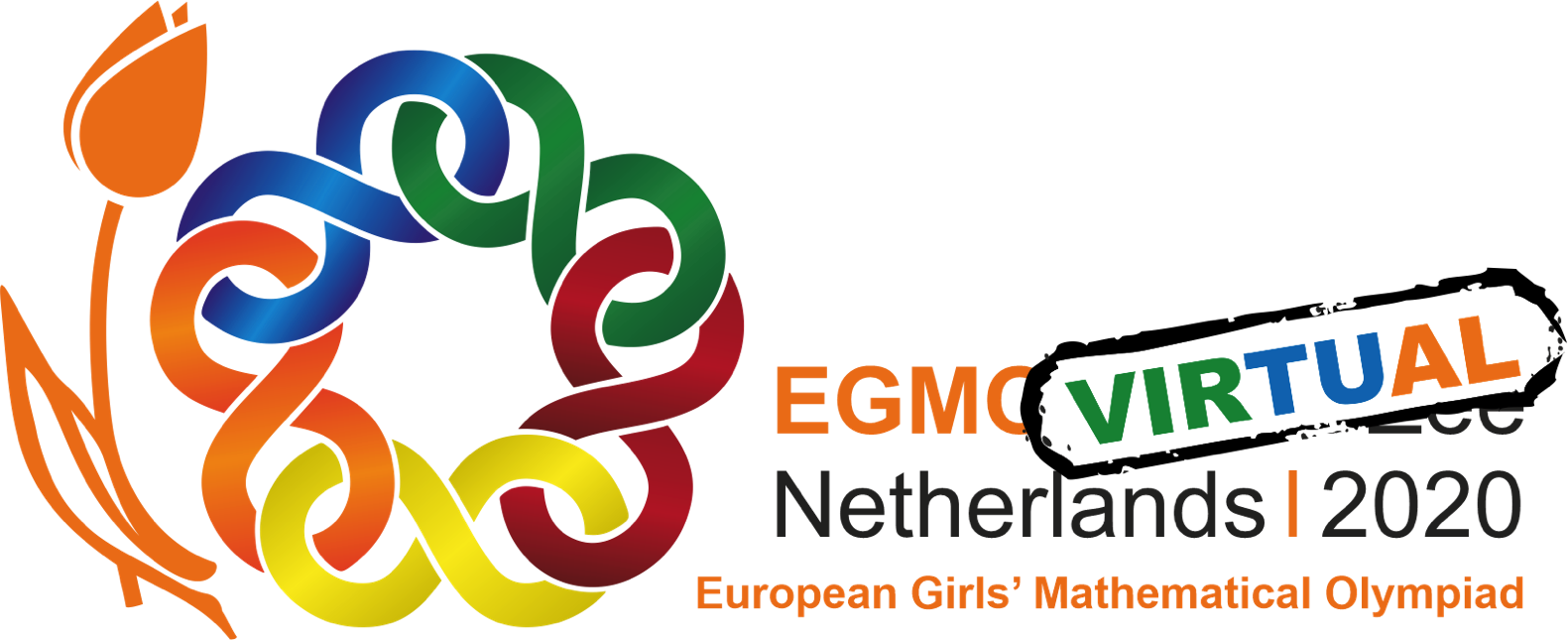(Text by Jenneke Krüger)
The BBC named Karen ‘the bubble maths researcher’. There are two main reasons for this. Firstly, Uhlenbeck studied a special kind of surfaces and discovered that, when zooming in on these surfaces, the mathematical equivalent to tiny bubbles appeared –therefore Uhlenbeck named this technique ‘bubbling’. In her own words in an interview with Allyn Jackson (2018), published at celebratio.org, “You have a problem in R^2, and something is happening at a particular point. You expand tiny discs to large ones, and what you find hidden at that point is a map to a sphere. So it’s like a bubble.”
Secondly, together with mathematician Jonathan Sacks she focused on understanding minimal surfaces. An everyday example of a minimal surface is the outer surface of a soap bubble. Defining the shape of this soap bubble becomes more and more complicated the more dimensions you add, but Uhlenbeck figured out the shapes that soap films can take in higher dimensions (you can read more about this on the website of Quanta magazine, see Sources below).
We contacted Professor Uhlenbeck and she was kind enough to answer some questions we sent her. Here’s what she told us:
EGMO 2020: Congratulations on winning the Abel Prize 2019! Who did you expect to win the prize this year?
Karen: I haven’t paid much attention to big prizes. I did know that my former colleague at Texas, John Tate, had won an Abel prize, and like everybody else, I knew about the sad story of John Nash.
EGMO 2020: You are named as an advocate for greater gender diversity in mathematics and sciences. When in your life did you become interested in this issue?
Karen: For many years, I avoided gender issues. I started graduate school at NYU, which had an excellent track record of producing women mathematics researchers. When I got married and moved to Boston, I applied only to Brandeis, as I knew pressures on women students at MIT and Harvard would be intense. My first meeting with the issues was as an instructor at UC Berkeley, and it was miserable. Only when I was established, had a MacArthur Fellowship and was a member of the National Academy did I turn to trying to provide help to the women coming along after me. At this point, I could actually hope to do something.
EGMO 2020: You have talked in other interviews about the importance of having ‘imperfect role models’. Did you have such a (female) role model yourself when you were developing into a mathematician?
Karen: I did not know many older women in math and science. I said in an earlier interview, and it was picked up by the press, that I used Julia Child as a role model. She had a popular cooking show on TV in the 60’s, and was a character with real presence. I also read Virginia Woolf. The position of women had improved since her day, but the historical perspective was helpful. I also freaked out when I got proof sheets, which apparently she did as well.
EGMO 2020: What is your opinion about having a separate mathematical olympiad for girls?
Karen: I do not think women are less competitive than men, but I think they compete a little differently. So it would not be such a bad thing to have separate Olympiads. Not all mathematicians come into math through that route though, so it doesn’t seem too important one way or the other.
EGMO 2020: Thanks a lot, Professor Uhlenbeck, and congratulations once more!
Sources:
http://www.abelprize.no/nyheter/vis.html?tid=74161
www.quantamagazine.org/karen-uhlenbeck-uniter-of-geometry-and-analysis-wins-abel-prize-20190319/


